A look back at the Voyager missions through 20 incredible images from 42 years ago
The mission was launched in 1977 and they have gone further than the Sun and our solar system.
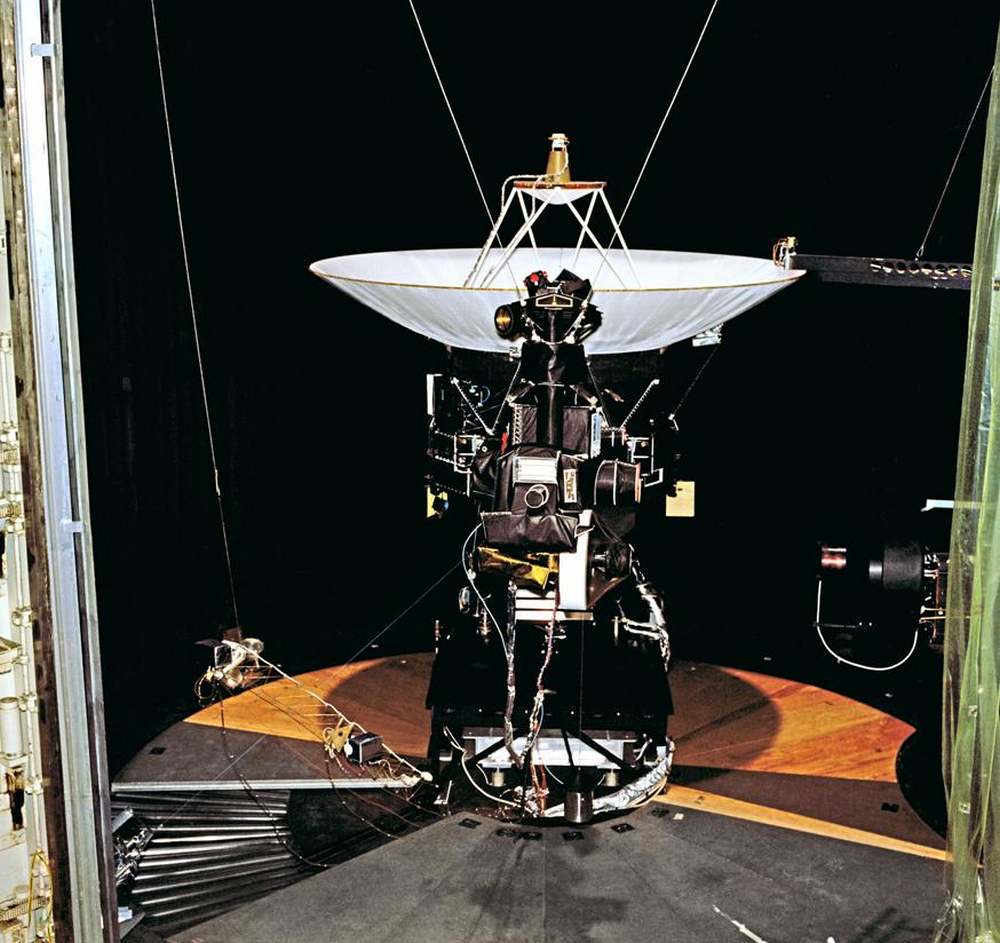)
A test model of the Voyagers that never went to space, photographed sitting in a space simulator. Image credit: NASA/JPL
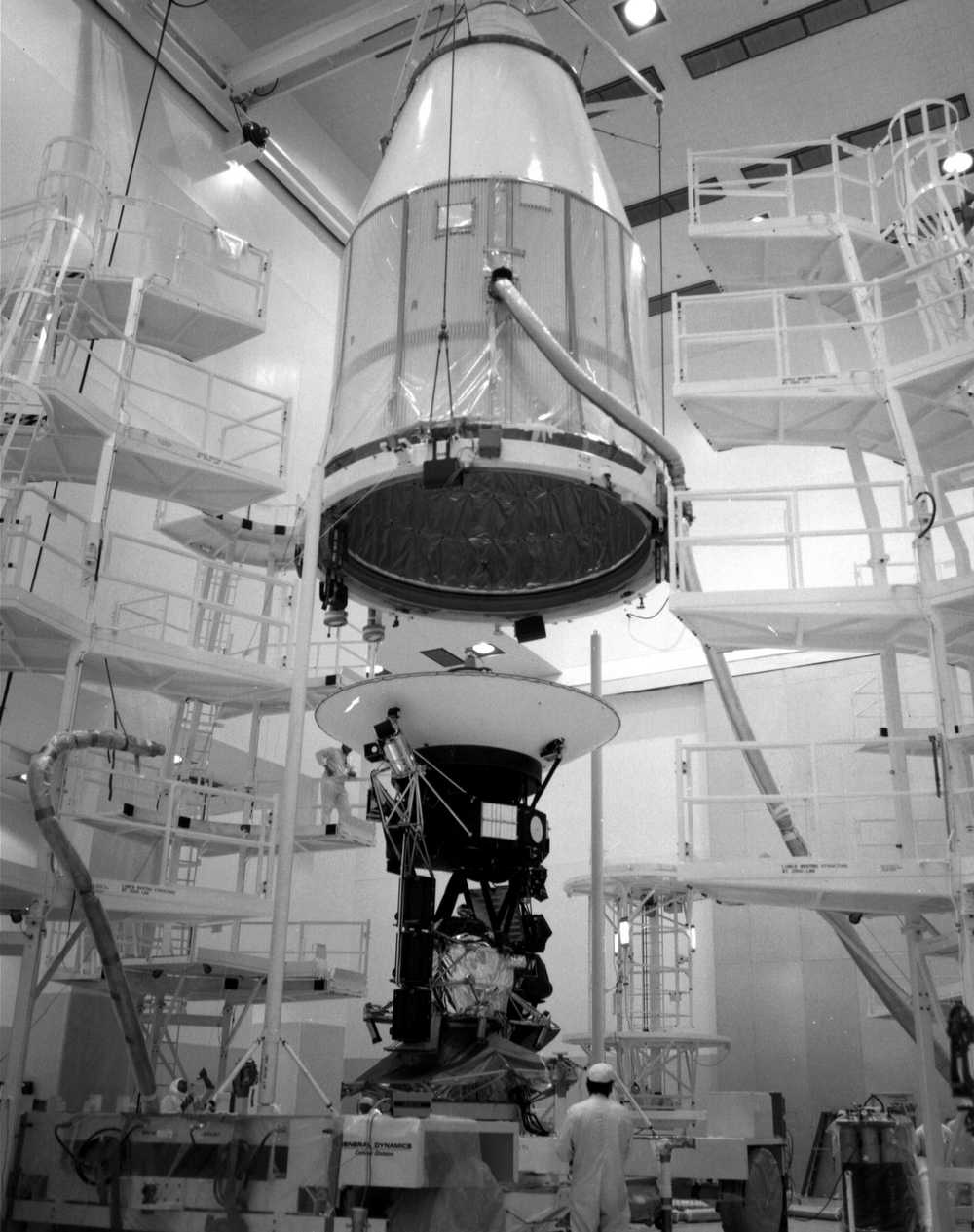)
The Voyager 2 spacecraft, as it was being encapsulated into the shroud that will protect it during its spaceflight. Image credit: NASA/JPL
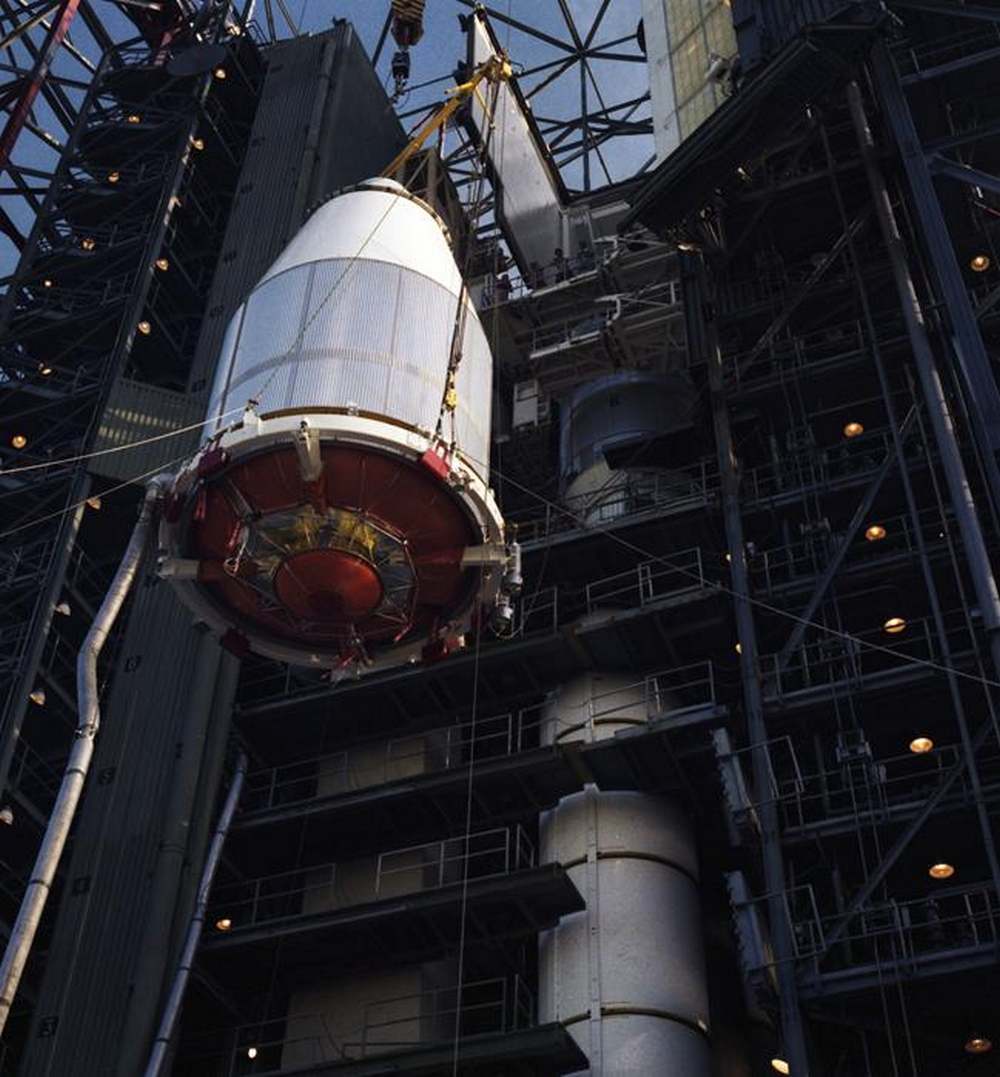)
The Voyager 2 spacecraft, housed inside the payload fairing, being hoisted for integration with the rest of the launch vehicle. Image credit: NASA/JPL
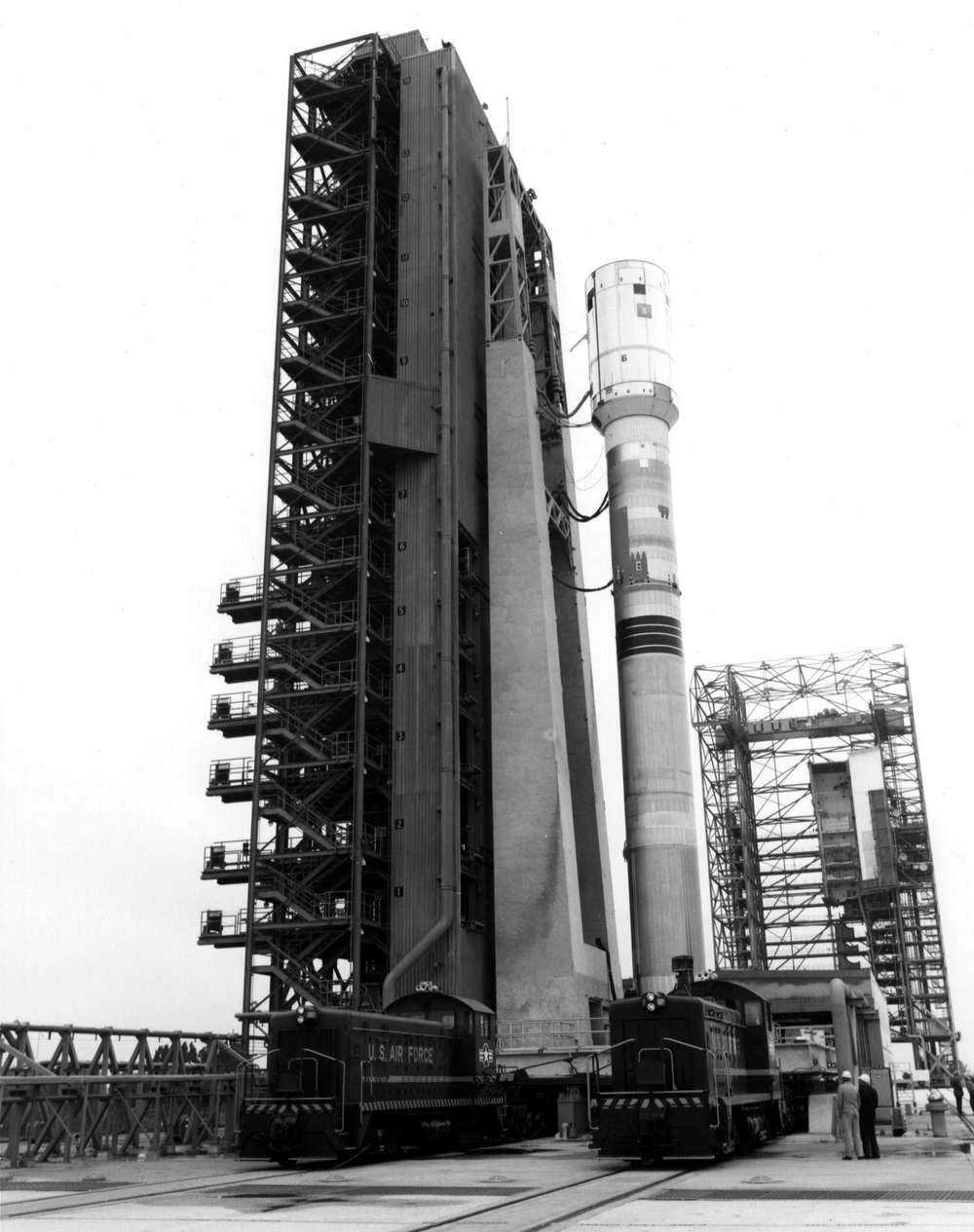)
The Titan/Centaur-6, which was the launch vehicle NASA used to launch Voyager 2 into space on 20 August 1977. Image credit: NASA/JPL
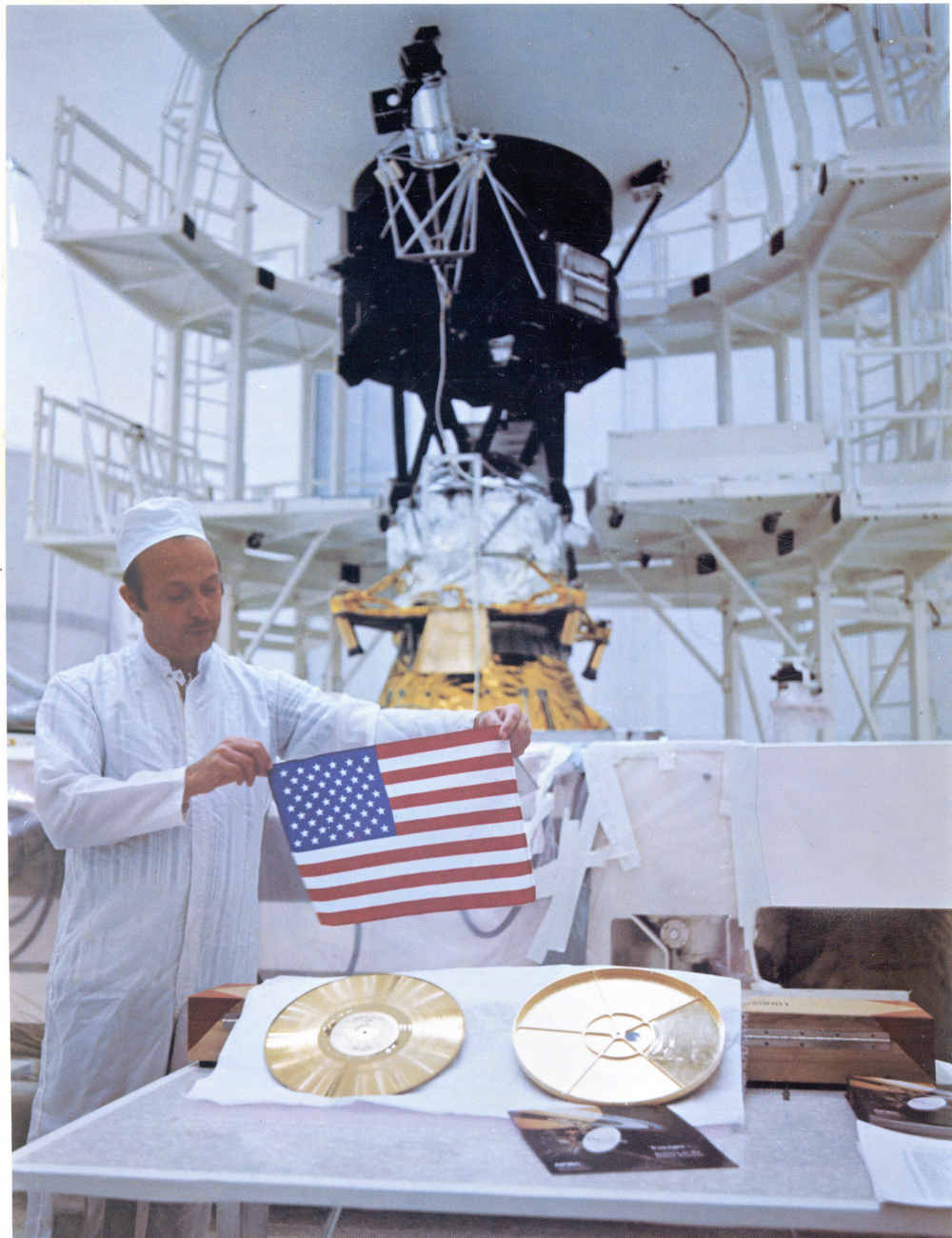)
Both the Voyager spacecrafts carry a golden record with images that represent our Earth, and the flag of the United States of America. On the left is the record itself and on the right is its cover. The Voyager 2 spacecraft is also visible in the background. Image credit: NASA/JPL
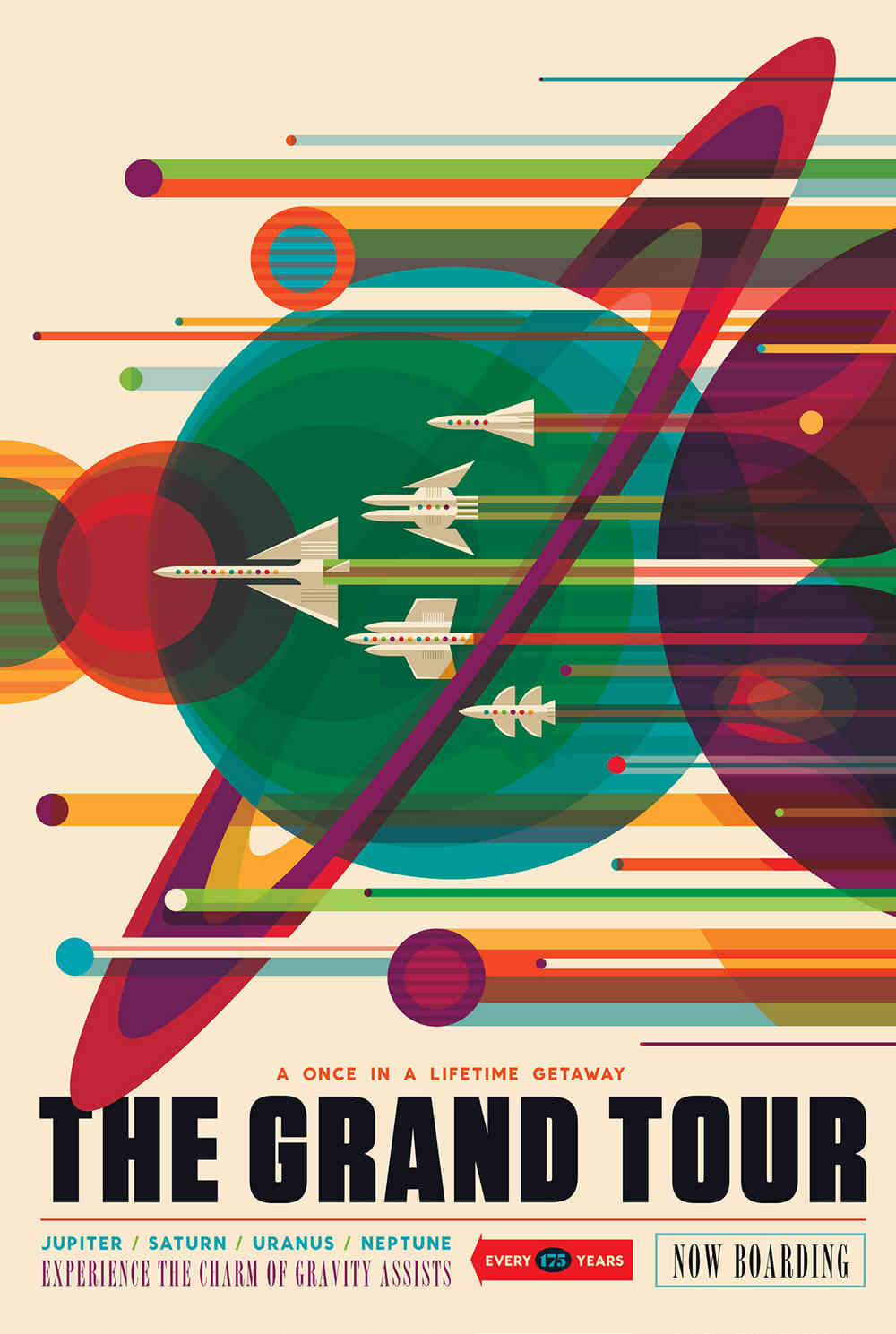)
A poster of the Voyager missions on its ‘Grand Tour’ of the outer planets, which only line up once every 175 years. Image credit: NASA
)
Sixty frames captured by Voyager 1 to create a portrait of the solar system, taken from a distance of four billion miles. Image credit: NASA/JPL
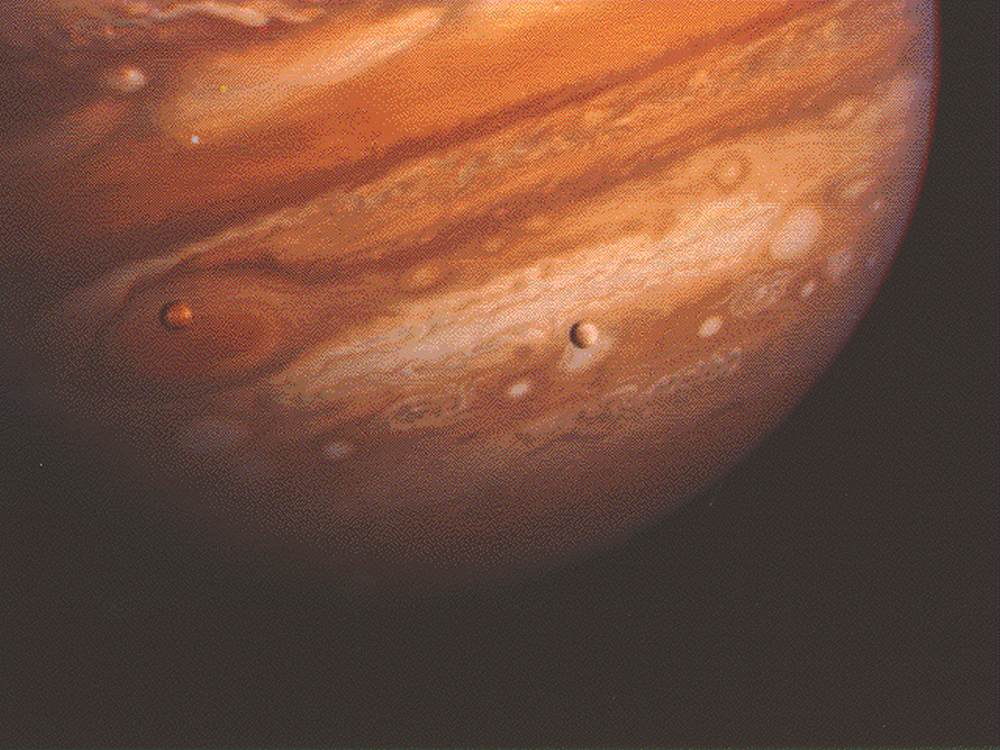)
Voyager 1 and 2 have taken more than 33,000 images of Jupiter along with its moons. Here, one can see the two moons, which seem dwarfed by Jupiter in the background. Image credit: NASA/JPL
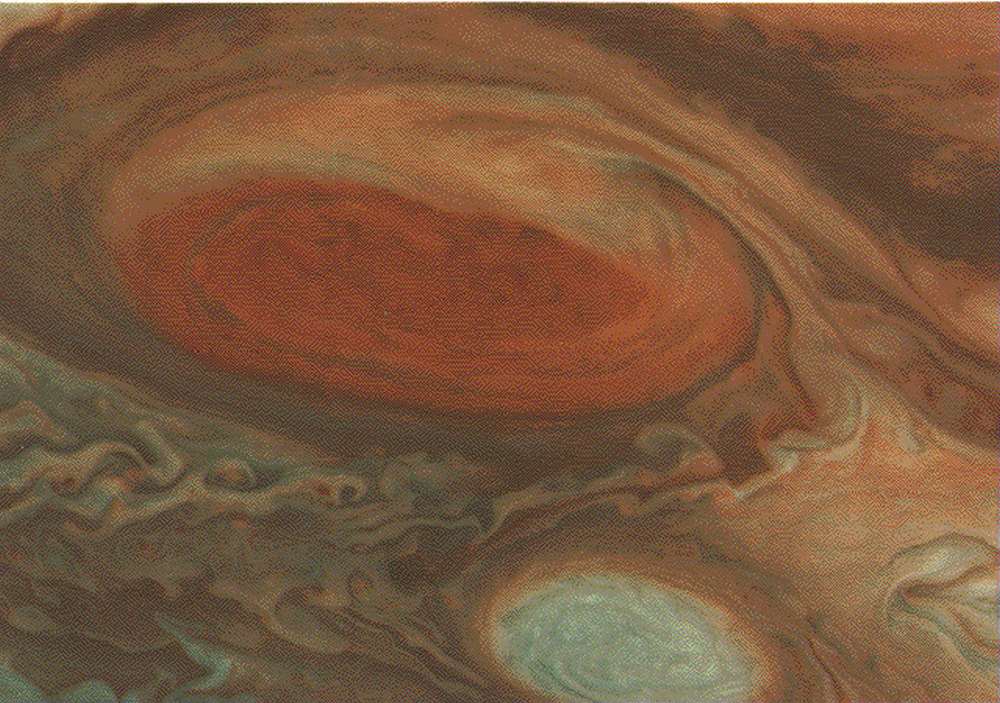)
Voyager has taken a closeup of the Great Red Spot on the surface of Jupiter — a high-pressure region in the atmosphere that forms an ever-raging anticyclonic storm. Image credit: NASA/JPL
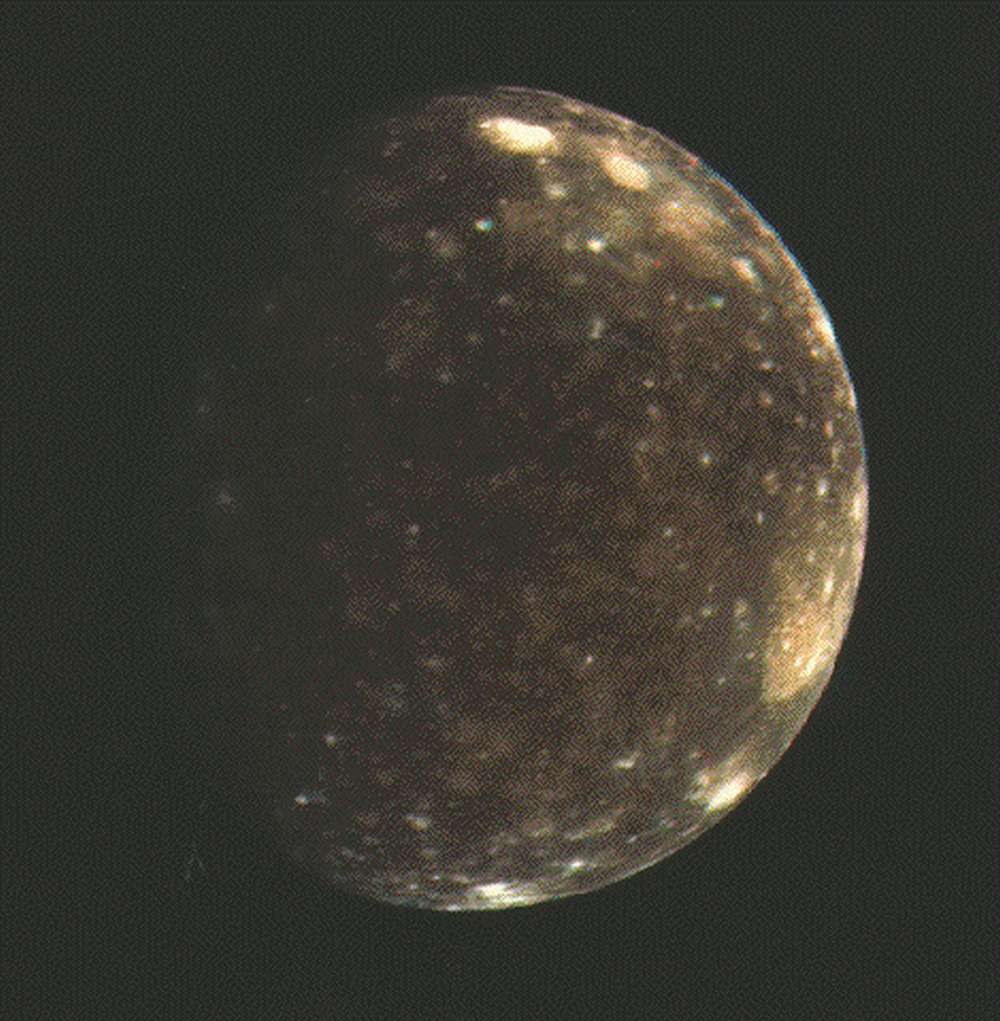)
Callisto is the second-largest moon of Jupiter, and scientists suspect that it has a salty ocean beneath its surface. Image credit: NASA/JPL
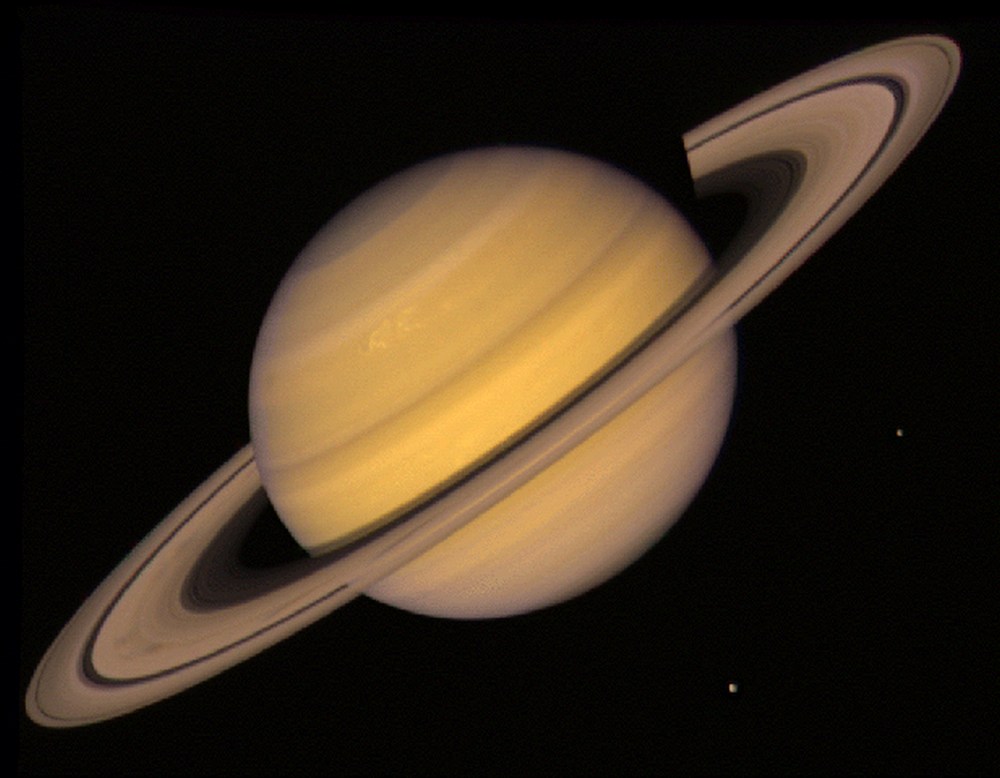)
On its visit to Saturn, the Voyager 1 took a close look at the planet’s North pole for the first time and discovered a peculiar six-sided jet stream with a rotating storm at the center. Image credit: NASA/JPL
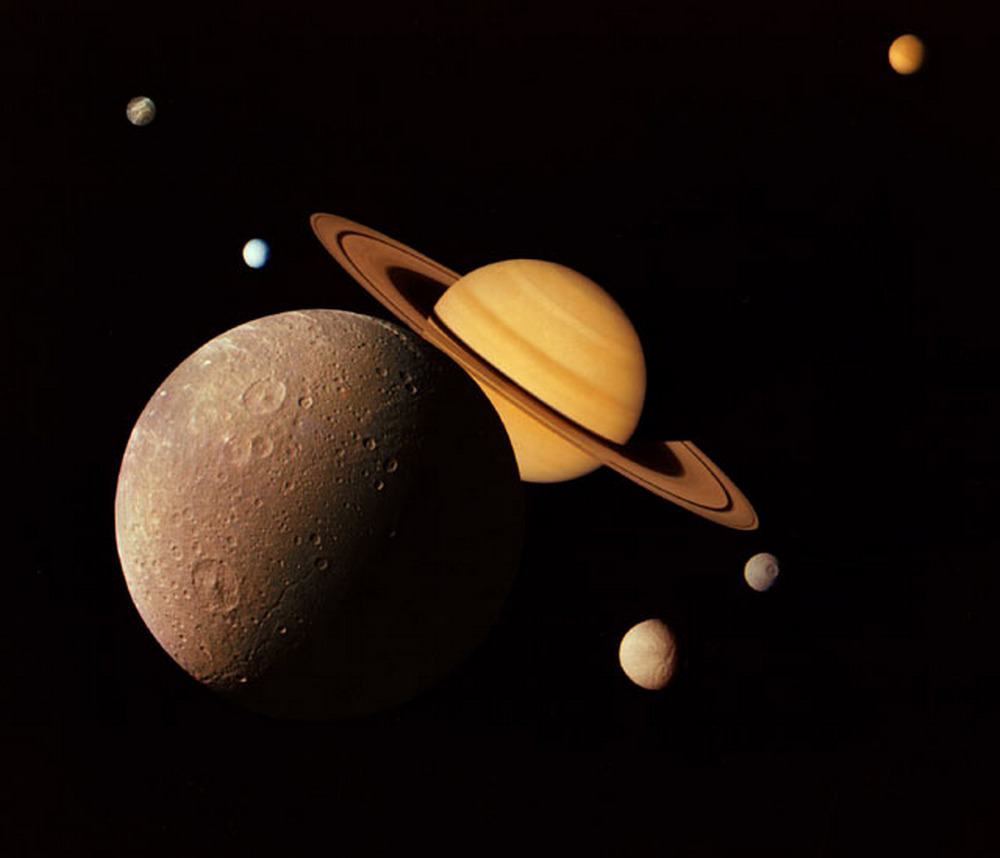)
Here, one sees Saturn along with a few of its moons, of which the planet has 60! (that we know of till date). Image credit: NASA/JPL
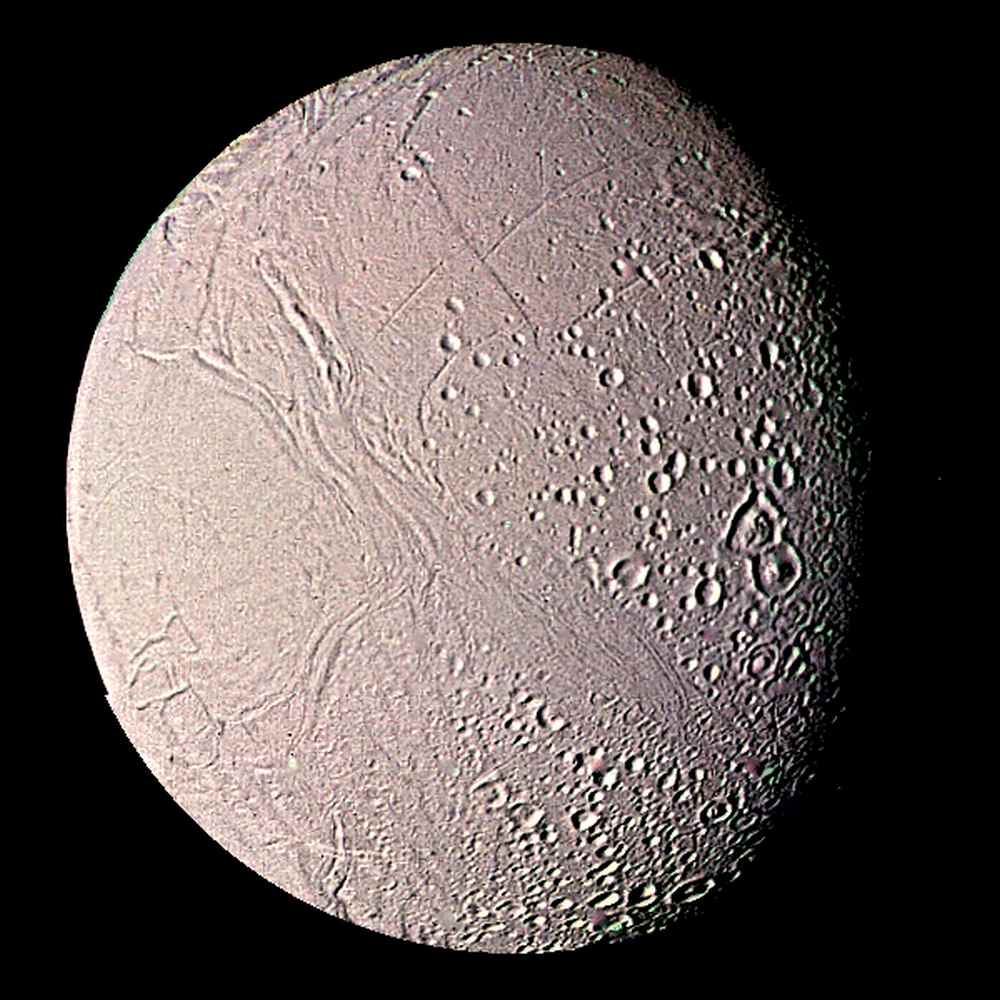)
Saturn’s moon Enceladus is very small but it is one of the most reflective bodies in the solar system because of its icy surface. Image credit: NASA/JPL
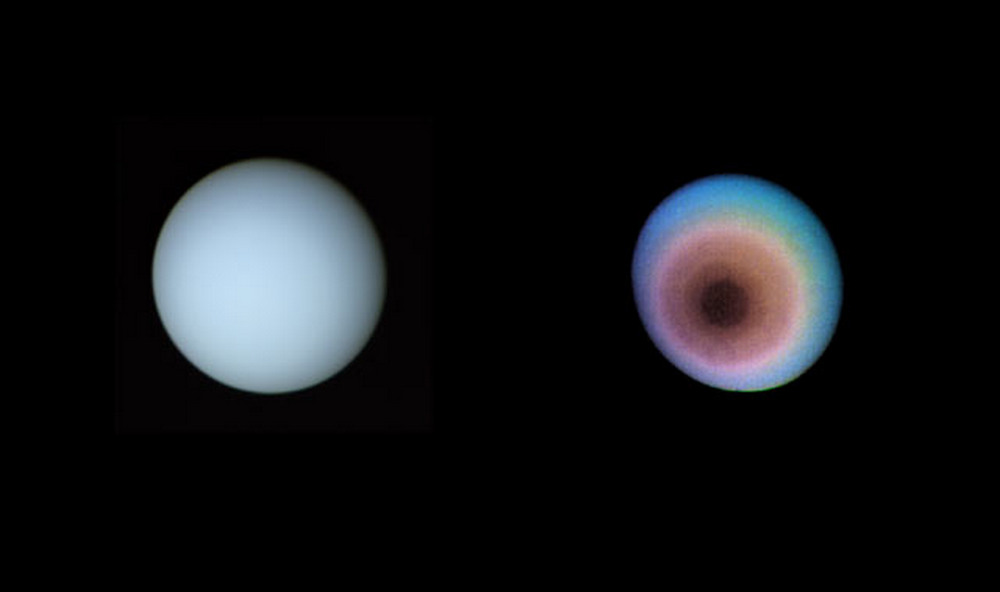)
These images of Uranus were clicked from 9.2 million km away and on the left is the actual colour of the planet and on the right is in false colour. Image credit: NASA/JPL
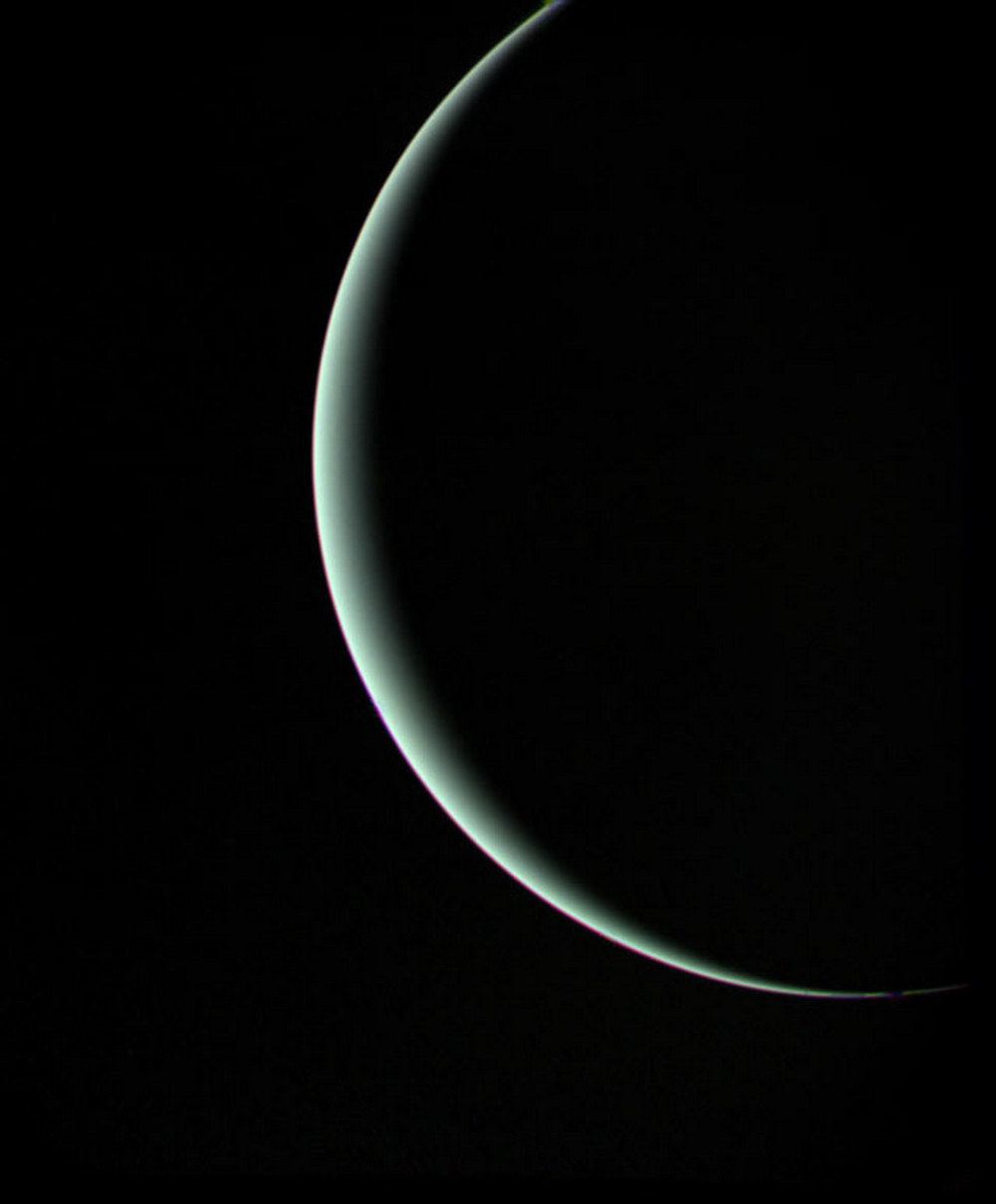)
A crescent shot of Uranus, from 96,50,064 km away as Voyager moved on to Neptune. Image credit: NASA/JPL
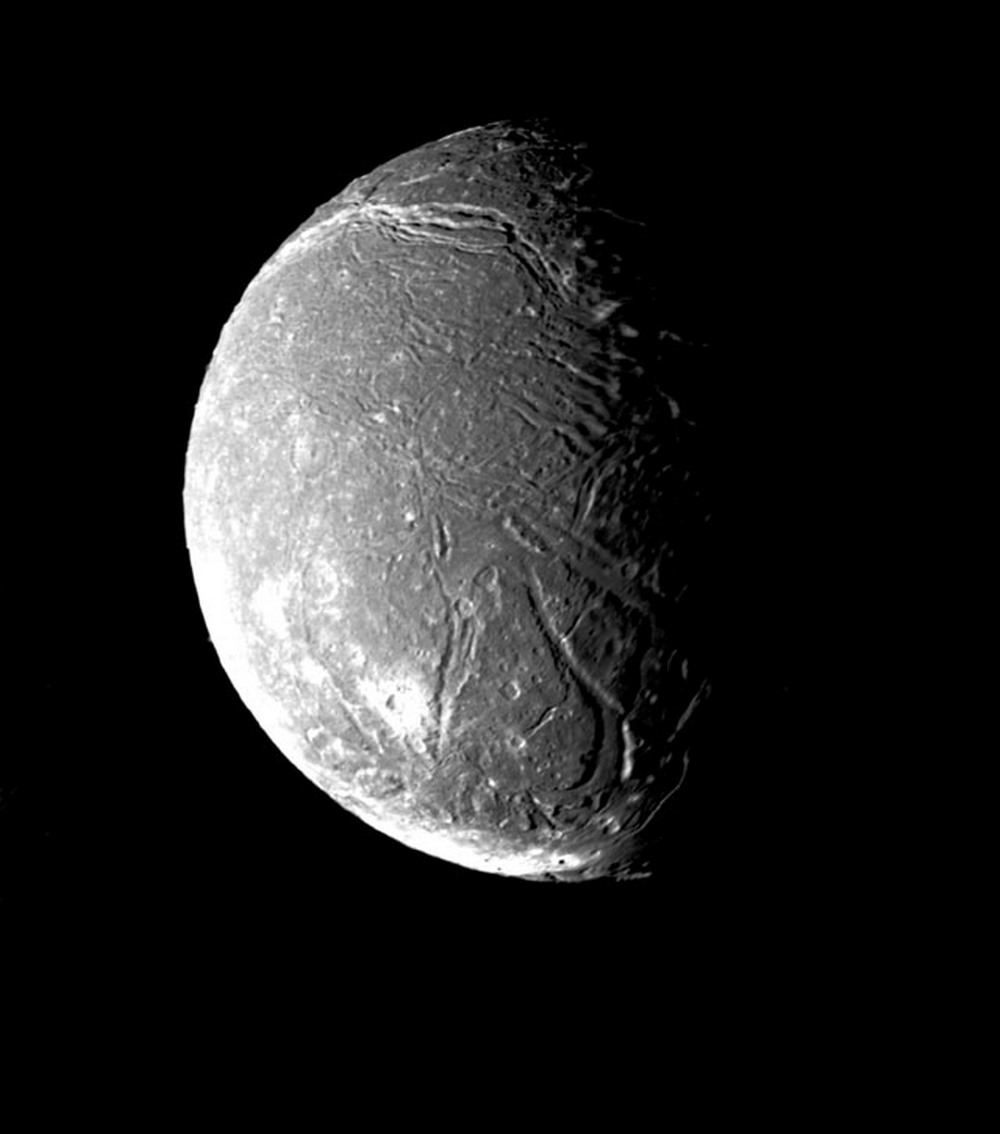)
Ariel is the fourth-largest moon of Uranus and in this picture, one can see the many faults and valleys on its surface. Image credit: NASA/JPL
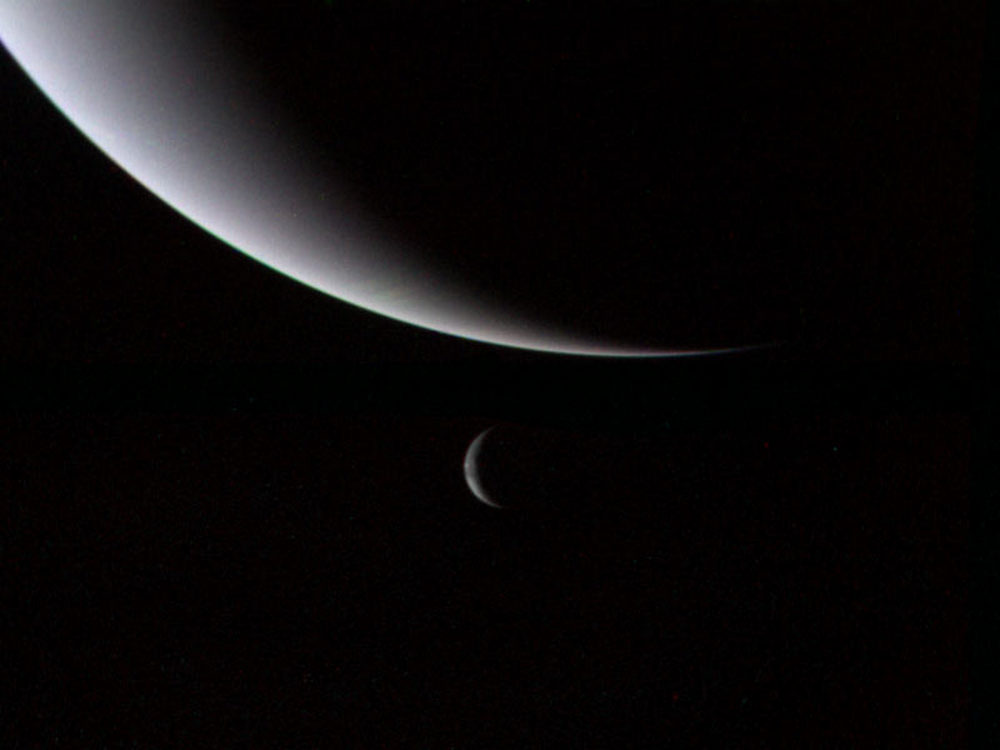)
This image shows a portion of Neptune as well as the crescent of its moon Triton underneath it. Image credit: NASA/JPl
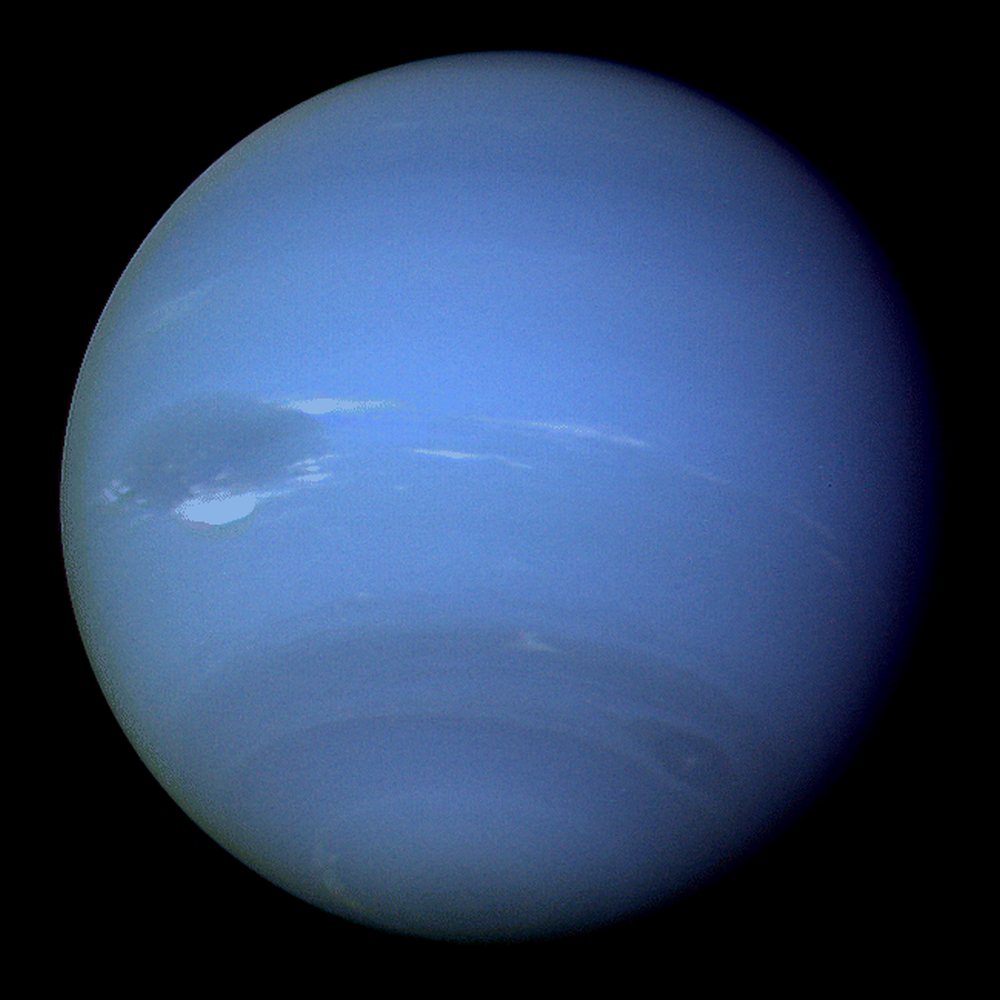)
NASA’s Voyager 2 became the first spacecraft to observe the planet Neptune. Image credit: NASA/JPL
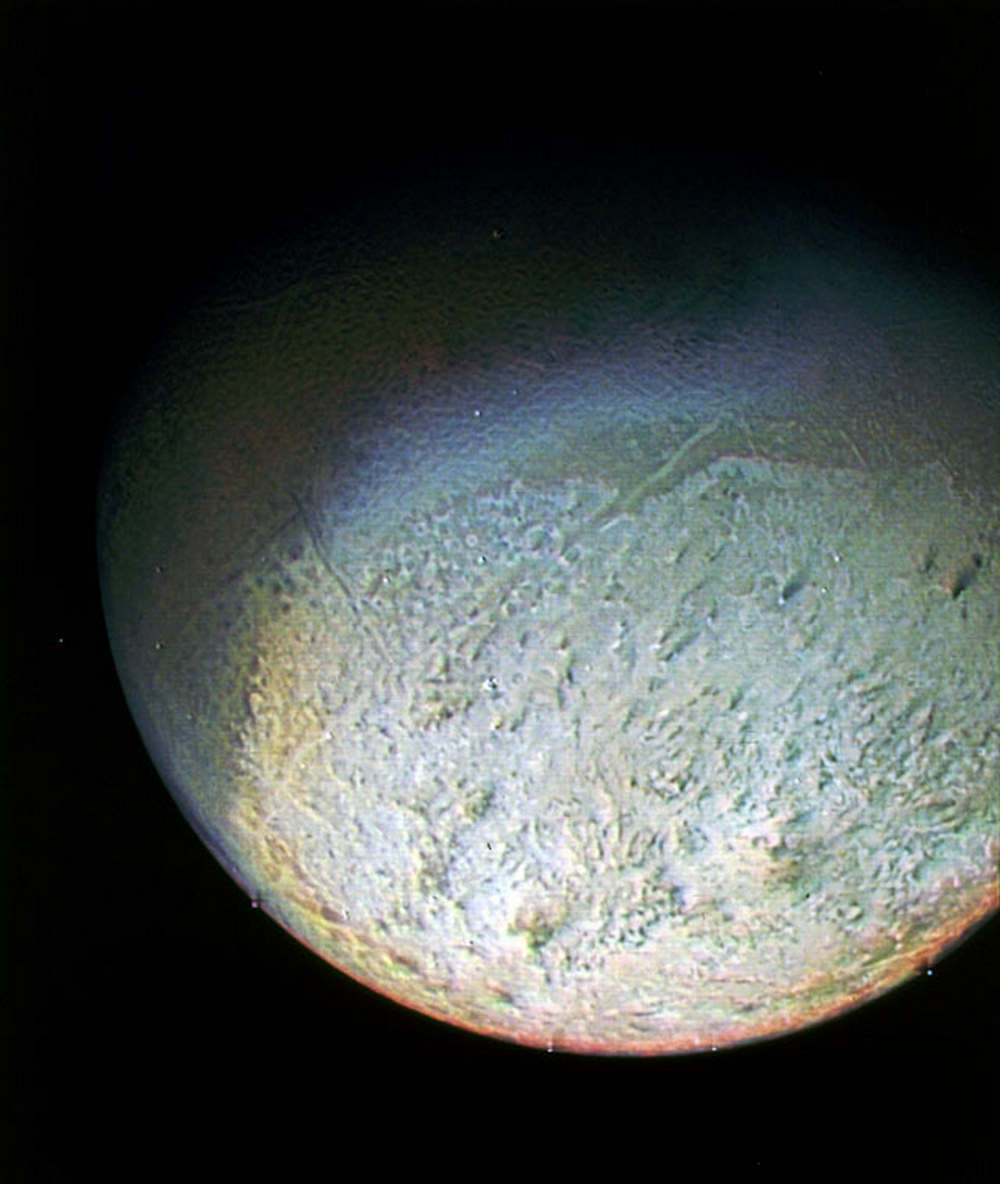)
In 1989, Voyager 2 passed 40,000 kilometres away from Neptune’s largest moon, Triton, the last solid body the spacecraft will have an opportunity to study before entering interstellar space. Image credit: NASA/JPL
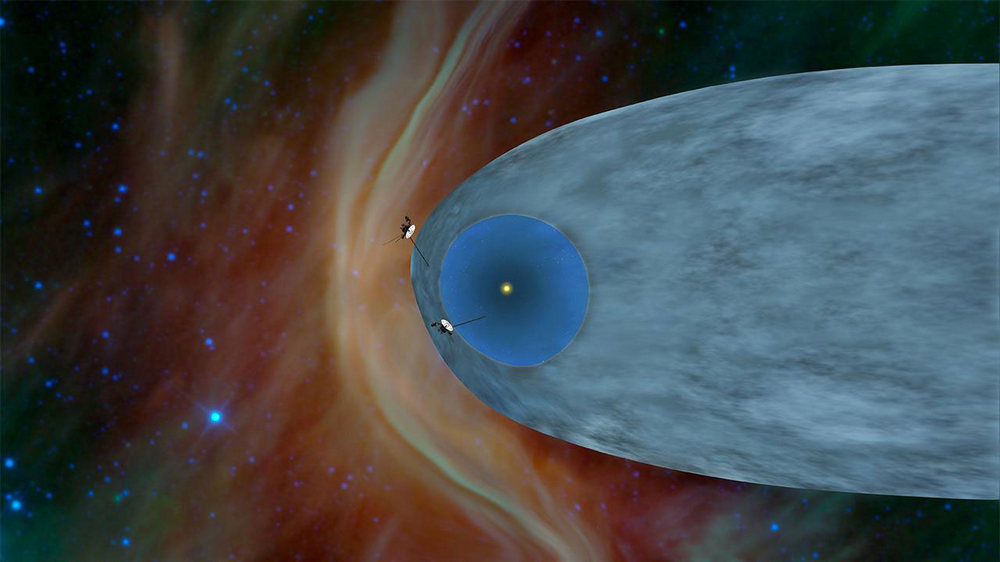)
An illustration of the positions of both the Voyager spacecrafts showing where they were as of 12 August 2012. Voyager 1 had sailed beyond our solar bubble and into interstellar space, while Voyager 2 is now in hot pursuit! Image credit: NASA/JPL


)
)
)
)
)
)
)
)



